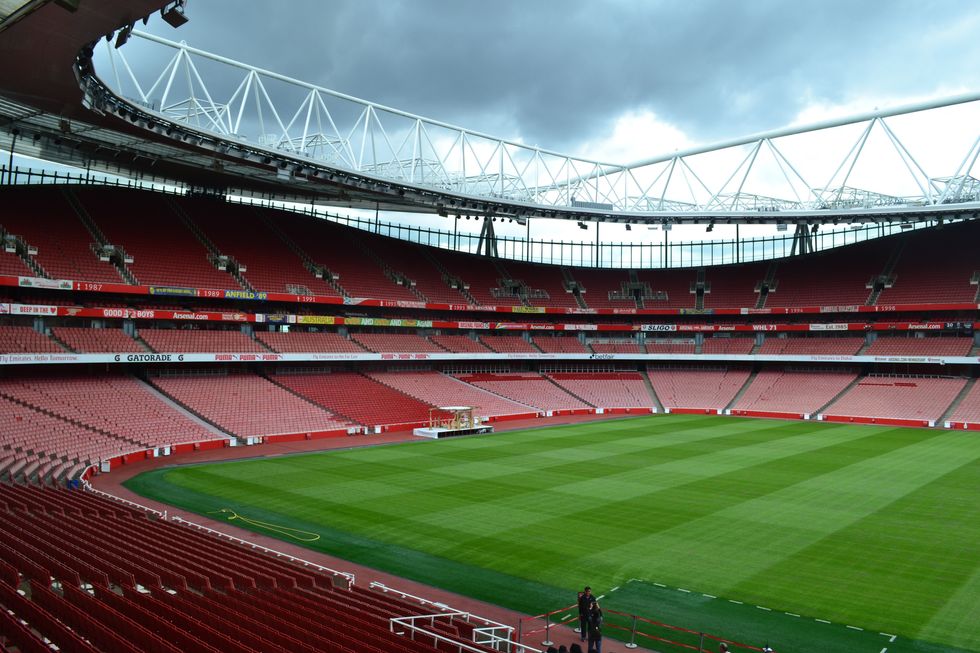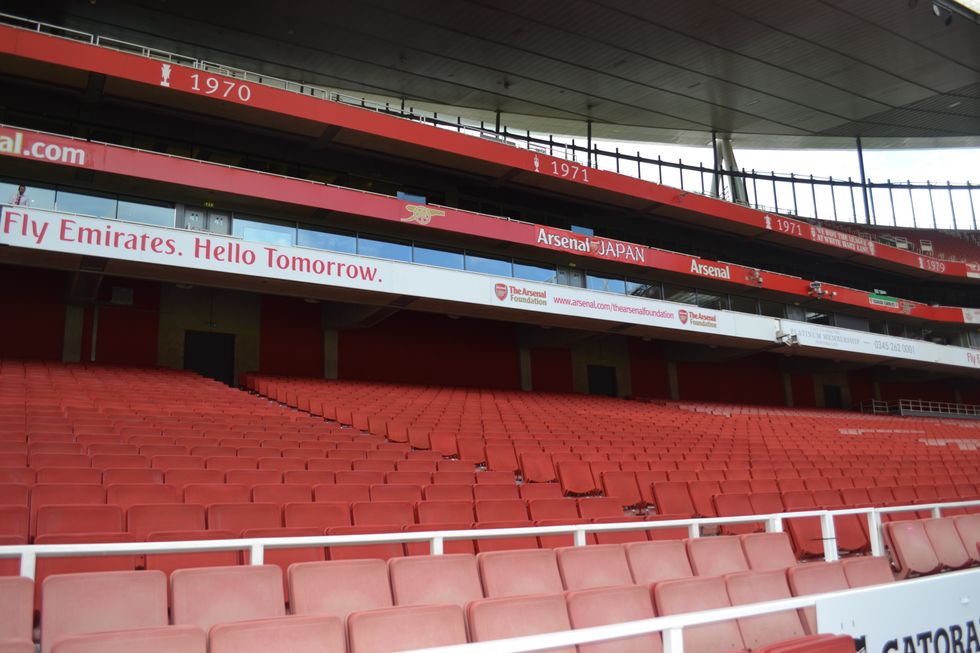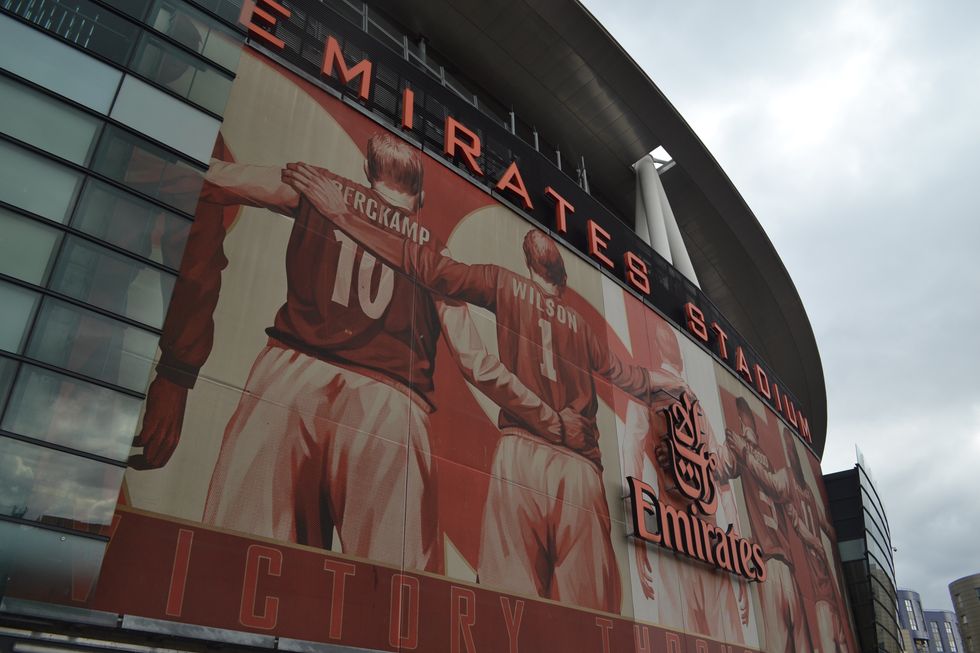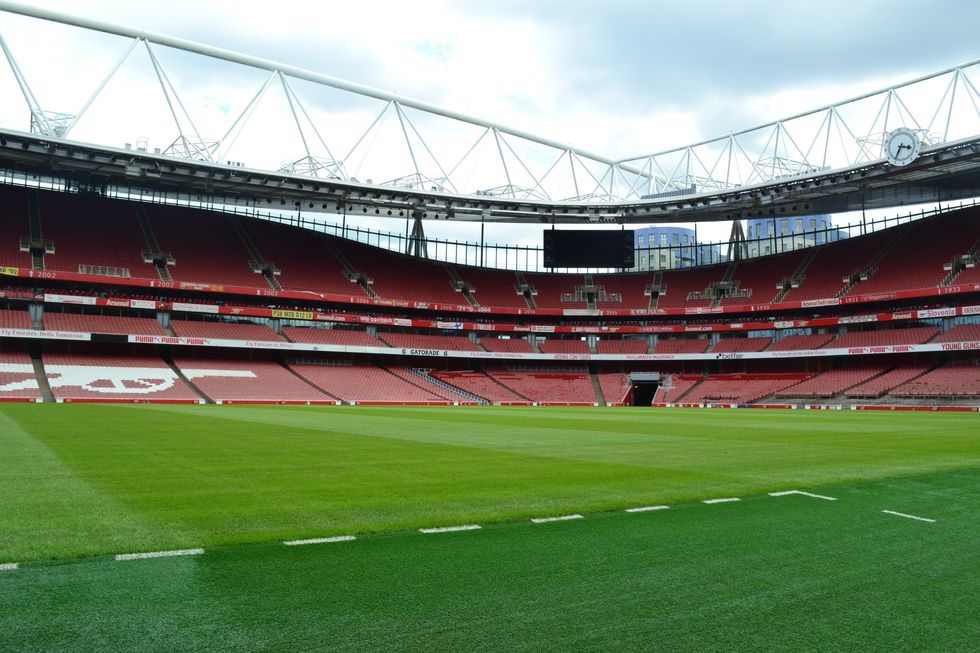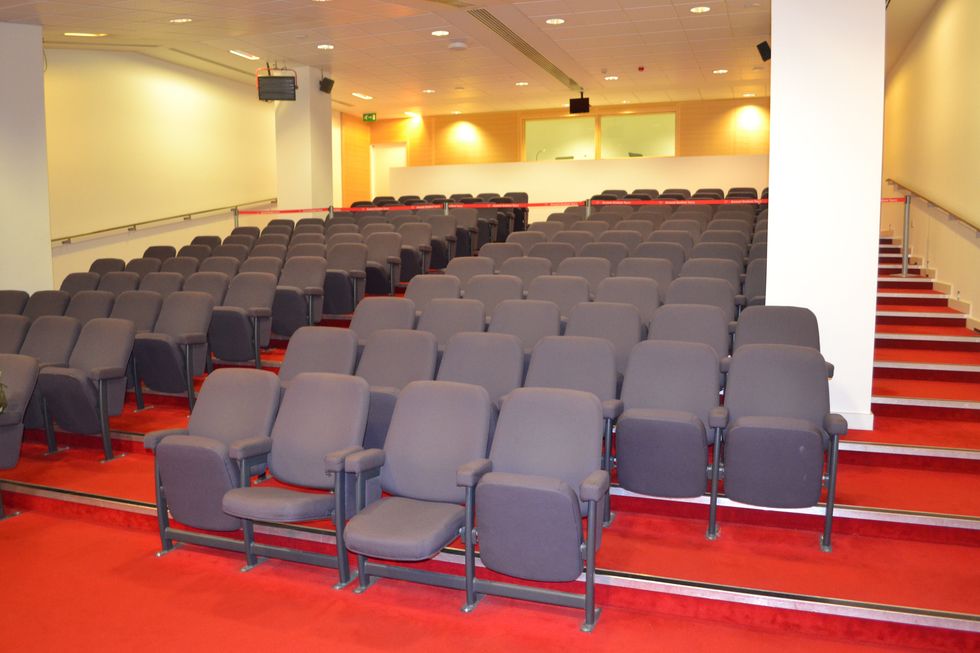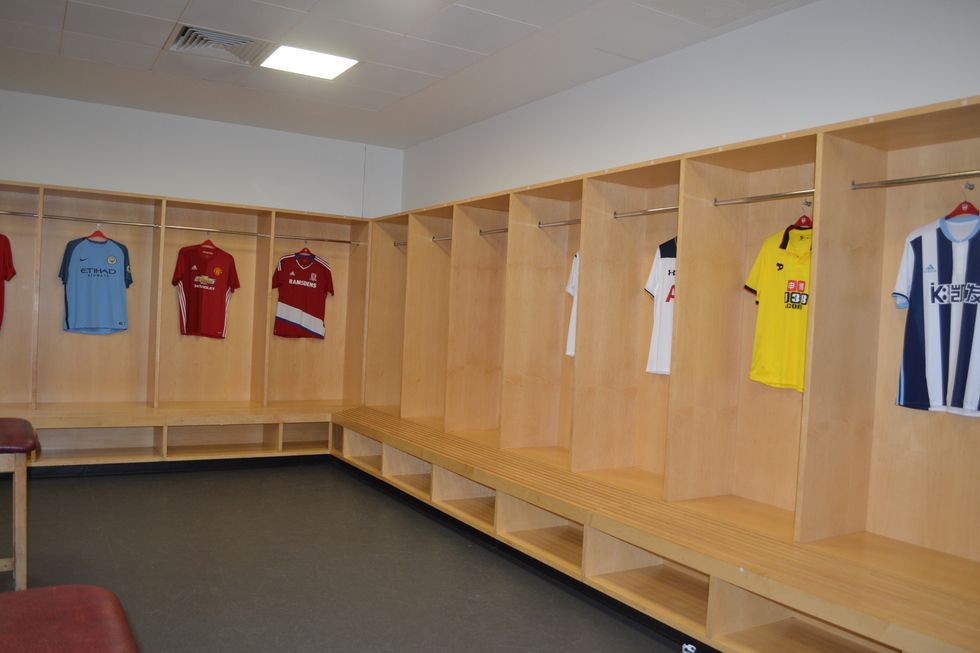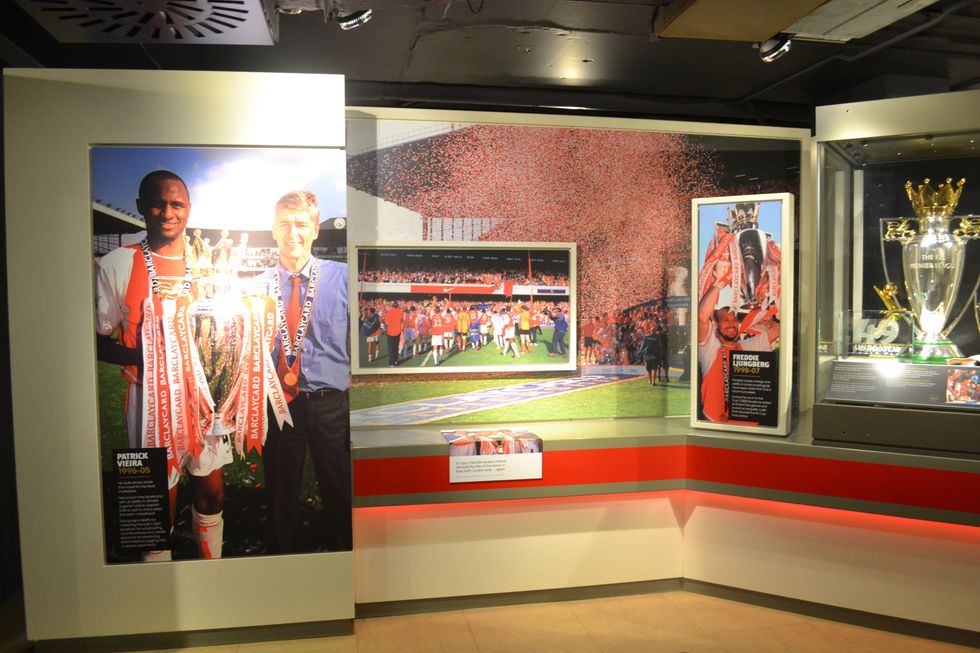Watching the English Premier League every weekend is a magical experience, whether you're a neutral or devoted fan. And especially for American soccer enthusiasts, a silent community forms for what we see as a vastly under-appreciated sport. It's our special sense among an NBA/MLB driven country.
What does a stadium mean, beyond the literal sense? It's a home away from home. Where people take refuge, forget any problem they have and sit before their deepest idols. Players they dream of being as good as, to shake hands with and to get a ball signed by them are so close, yet still so far. The game is where you go to surround yourself with passion. From a collective scream that sends the stadium roaring and shaking, to putting your hands onto your head in utter disbelief when the scoreboard shows an opponent's breakthrough.
When your entire section instantly stands up and inches in any direction it is because you all can feel it. Like a sixth sense, you are compelled to track an opponent player getting too close to your goal. All you can do is wait and hope. Or when your eyes must watch the giant screens larger than life because the action is too far away.
Or when having a beer with total strangers makes you feel like long lost friends, recalling miscellaneous to major games like speaking about the history you learned in school. It is an unspoken bond; you do not know this crowd, but you very much are friends. And you all came here today to see your team play and wear their colors.
That is why seeing where Arsenal plays home games offered glimpses of the stadium that left me mesmerized, an American viewing on a small digital screen at home. From the camera cutting to an angry Arsene Wenger on the dugout to the suspended players sitting in the stands and onrushing cheers from born and raised Londoners cheering their team, the Emirates Stadium was something I had to see.
Whatever you call the sport – soccer, football, calcio – it is more than just a game. I was lucky to visit the home base by a stadium tour in 2017. While it still does not convey what watching a home away live does, this still is a relic.
Getting to the stadium is accessible from the Tube train line. A walk from there is a quiet area lined with row houses and flowery windows. The flags and fan support make it unmistakable – this is Arsenal territory. On game day, the sky by these residential blocks must be filled with action. It gives perspective on how intertwined the sports culture is with English life. It is easy to forget that outside the stadium's walls, this is a neighborhood with people going about their day and vendors still selling memorabilia.
Along the steps to the dome, memorials stand proudly of past players who made the team what it is today. Relics, they are gone but not forgotten. It offers a history lesson and sense of pride for any fan or interested neutral.
Shuttered stands are covered in the cannon logo, rich with the blood-red color. When the action is happening, that is where people rush to get information or last minute tickets. Given the sheer grandiose size of Arsenal's fandom and international recognition, many will be turned away. Decades worth of news announcements lay posted to walls. You can see how times have changed but mostly stayed the same. Many of the top tier teams and cup finals boost the same names.
Navigating the Emirates Stadium has no map. There are no games scheduled and it is off-season, with some of the current players depicted bound for a rough transfer or loan spell. It is eerie and relaxing at the same time. You can see the stadium for what it is without the pre-game chaos vastly approaching. The Emirates Stadium only grows in stature with the open space allocated.
Stepping onto the pitch is not allowed – a large amount of time and effort is dedicated to maintaining the live grass. But strolling up the wings is fine. Surrounded by a sea of red, plastic seats and the Gunners' logo centrally placed is a transformative experience for any viewer. This is where the magic happens, where close calls are made, balls hit the post and the creation of techniques are unfolded to the world in champagne style.
The press room contains the pre and post-game interviews. You can sit in the very seats the managers and 'Man of the Match' players do. In front of the desk, rows are stacked for hard-hitting questions. Obtaining a press badge is no easy task, only journalism's elite gets this far. Within this room are sweat, tears, and recollection. Whether it be an easy win or harrowing defeat, the room is never quiet when in full use. Here, people must answer for their missed shots or intercepted passes. Broadcasted excerpts of this room by television rights owners pale to the roomy, in-person experience.
Perhaps the most famous and worst-kept secret is the locker room. Where players gravel for a win, soak in a rough opening game and find inspiration with half-game talks. What has happened in those rooms is left to autobiographies and press headline galore.
A favorite moment photographers love to capture is opposing teams exchanging shirts. While most get stored in a closet, each Arsenal player has one by their designated areas. Without a spoken word, it provides an intimate look at what they hold true and value. These shirts were hard earned and are a relic, perhaps of their favorite player or a worthy opponent. Each shirt's selection remains a secret. Some of the adorned include Manchester City and Manchester United.
A concluding trip to the museum shows the rewards reaped. From left to right, there is a trophy and plaque, filled with a commemorating story. While silverware is not everything, it certainly adds to the aesthetic and cements Arsenal's status. Up close are the Premier League, Community Shield, Golden Boot and a flurry of their beloved FA Cups.
Team photos, match balls, and players' personal awards filled glowing glass cases. Videos and permanent exhibits offer a critical look at their history then and now. Younger fans may not have had the privilege to visit with the old Highbury Stadium. What remains are photos in its glory days, which allows a subtle trip to their past. Arsenal's 2004 Invincible's Team is something the sport will never forget. And rightfully so it is well-documented, leaving no fact out.
Touring stadiums offer an interpersonal experience the screen cannot show. For those unable to score tickets to home games, this is as close as it can get. Nonetheless, walking through the tunnel and roaming the sports architecture provide a unique understanding of how and why things operate, which is often overlooked in documentaries.

